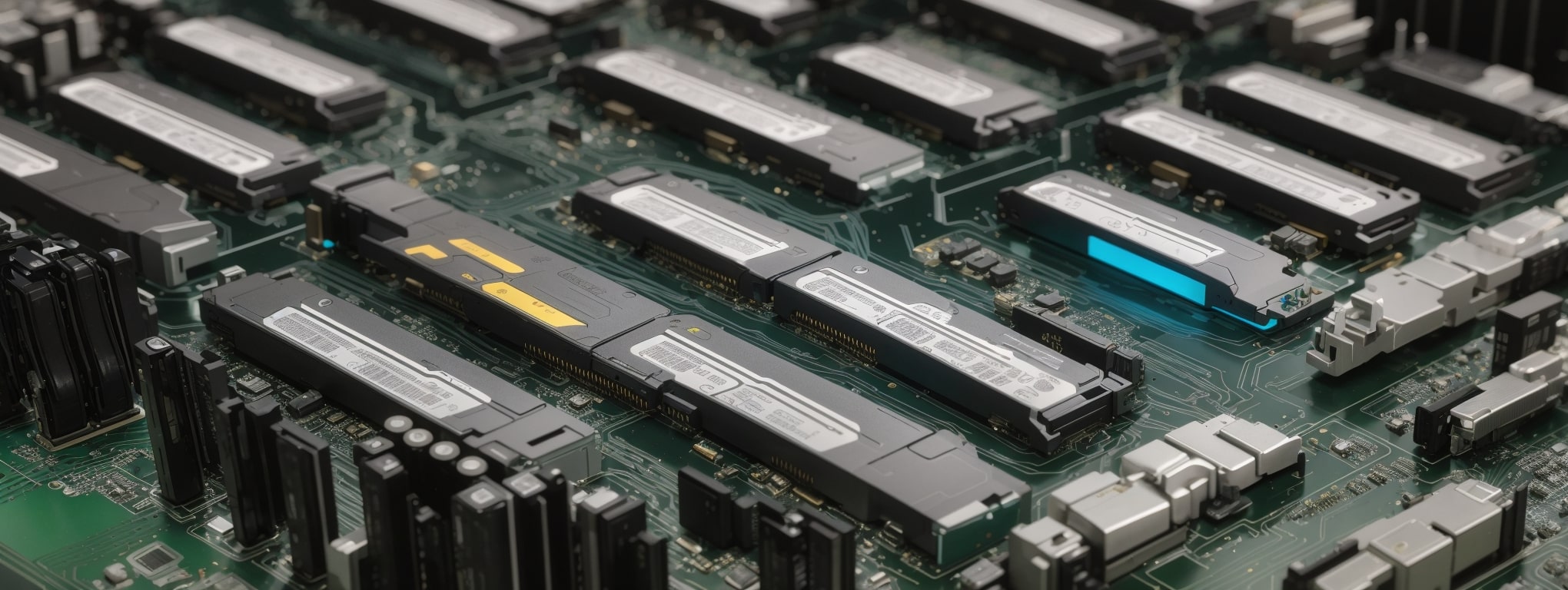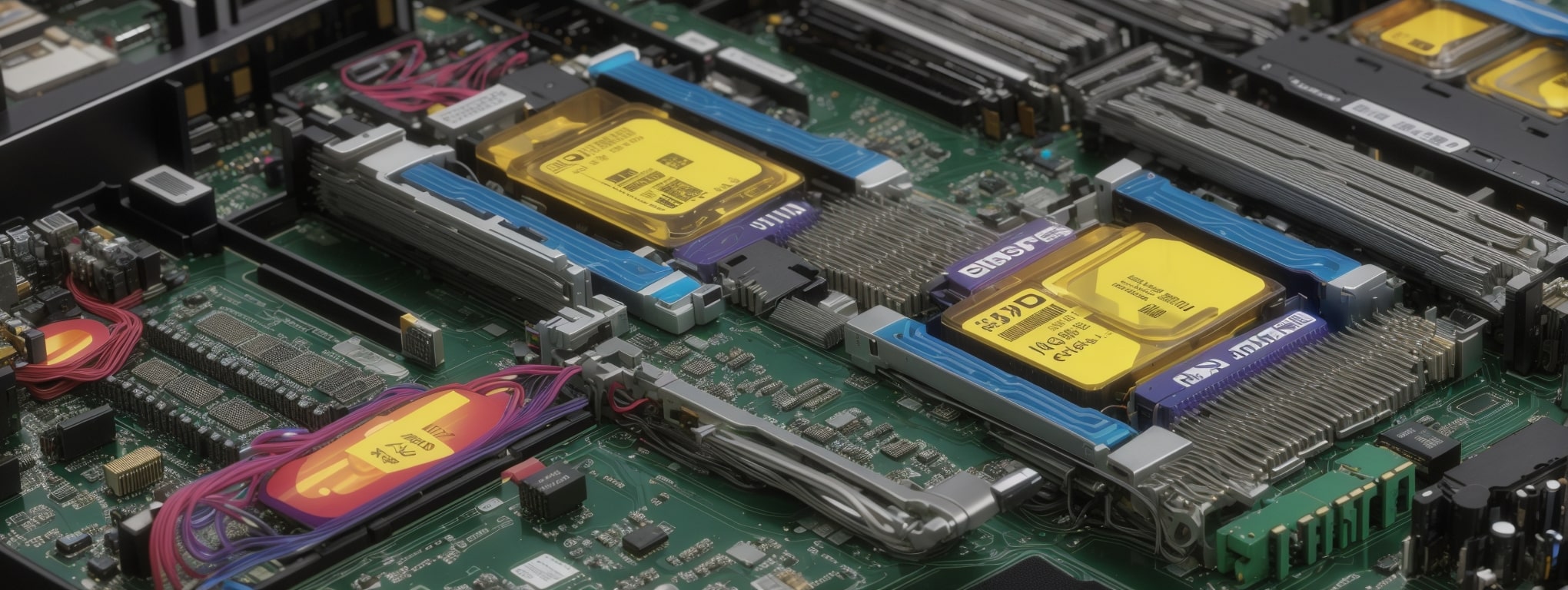
Advanced Server Question: RAM Frequency and Multi-Channel Configurations
In addition to capacity, RAM speed is another critical factor that influences server performance. RAM speed can be measured in terms of frequency and enhanced by multi-channel configurations such as dual and quad channels. Let’s explore these aspects to better understand their impact on server performance.
RAM Speed and Frequency
The frequency of RAM, measured in megahertz (MHz), indicates how fast the RAM can read and write data. Higher frequency RAM can process data more quickly, leading to improved server performance. For example, RAM with a frequency of 3200 MHz will generally perform better than RAM with a frequency of 2400 MHz. However, it’s important to note that the real-world performance gain from higher frequency RAM may not be proportional to the increase in frequency, especially if the server workload is not particularly memory-intensive.
Multi-Channel Configurations: Multi-channel configurations, such as dual and quad channels, allow the CPU to access multiple RAM modules simultaneously, increasing the data transfer rate and enhancing performance. Here’s how they work:
- Dual-Channel Configuration: In dual-channel mode, the memory controller can access two RAM modules at the same time, effectively doubling the data throughput. This configuration requires at least two identical RAM modules installed in the correct motherboard slots.
- Quad-Channel Configuration: Similar to dual-channel, quad-channel mode allows the memory controller to access four RAM modules simultaneously, quadrupling the data throughput. This configuration requires at least four identical RAM modules installed in the correct motherboard slots.
Benefits of Multi-Channel Configurations:
- Increased Bandwidth: Multi-channel configurations increase the memory bandwidth, allowing for faster data transfer between the CPU and RAM.
- Improved Performance: By utilizing multiple RAM modules simultaneously, multi-channel configurations can significantly improve overall server performance, especially for memory-intensive tasks.
- Enhanced Scalability: Multi-channel configurations provide a scalable solution for increasing RAM capacity and performance as needed.

Video Benchmarking
Hypothetical Benchmark Scores for Video Rendering Task: Single-Channel Configuration: 500 points
Dual-Channel Configuration: 800 points Quad-Channel Configuration: 1100 points
In this provided example, the dual-channel configuration provides a substantial performance boost compared to the single-channel setup, with a 60% increase in benchmark points. The quad-channel configuration further improves performance, with an additional 37.5% increase in benchmark points compared to the dual-channel setup.
It’s important to note that the actual performance gains from moving to dual or quad-channel configurations will vary depending on the specific workload and other system components. While multi-channel configurations generally provide better performance, the degree of improvement will depend on the specific tasks being performed by the server
Conclusion
RAM speed, in terms of frequency and multi-channel configurations, plays a crucial role in determining server performance. Higher frequency RAM can process data more quickly, while multi-channel configurations, such as dual and quad channels, increase memory bandwidth and improve performance by allowing the CPU to access multiple RAM modules simultaneously. When selecting RAM for your server, it’s essential to consider both the frequency and the potential benefits of multi-channel configurations to optimize performance for your specific needs. Desktop computers, laptops (for home) or Workstations often uses only Dual Channel, while multi CPU servers have Quad Memory Channel Controller. That gives a server-based CPUs (Intel Xeon, AMD EPYC) more performance points in multi-threaded tasks.


This article incorporates information and material from various online sources. We acknowledge and appreciate the work of all original authors, publishers, and websites. While every effort has been made to appropriately credit the source material, any unintentional oversight or omission does not constitute a copyright infringement. All trademarks, logos, and images mentioned are the property of their respective owners. If you believe that any content used in this article infringes upon your copyright, please contact us immediately for review and prompt action.
This article is intended for informational and educational purposes only and does not infringe on the rights of the copyright owners. If any copyrighted material has been used without proper credit or in violation of copyright laws, it is unintentional and we will rectify it promptly upon notification. Please note that the republishing, redistribution, or reproduction of part or all of the contents in any form is prohibited without express written permission from the author and website owner. For permissions or further inquiries, please contact us.


